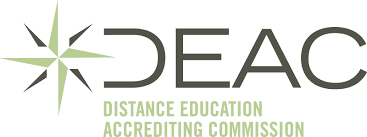Why Do My Learners Make The Same Mistakes?
Join a global community of over 200,000 TEFL teachers working throughout the world! Enrol me!
We all make grammatical or spelling mistakes sometimes, so it’s no wonder our EFL learners do too. Let’s be honest, learning English is no mean feat so we need to be patient with our learners when they do make mistakes. That being said, we also need to be aware of common mistakes and errors that are usually made so that we can be prepared to deal with them, and help our students not to make them anymore!
Let’s look at a few of the most common English mistakes people make and consider why they are problematic.
Its vs it’s
This is quite simple. The apostrophe can be used to designate possession (Mary’s dress) or the contraction of the verb to be (He’s not at home). The confusion comes in with the word it, because in this case the apostrophe is only used to show the contraction of it is. In other words, the possessive form of it is its, which is the exception to the usual rule.
There vs their
There refers to a place while their refers to possession. Here we can only imagine the difficulty is a spelling issue.
You’re vs your
Again a seemingly simple mistake but one that is made again and again. This is also possibly a spelling confusion, though it seems clear that possessive adjectives and pronouns can cause serious issues. You’re is the contraction of you are and your is the possessive of you.
Advise vs advice
practise vs practice
It’s not surprising these word pairs cause confusion, but luckily for us, there’s a rule for this one. If the word is a verb, it’ll have an s, and if it’s a noun, it’ll have a c.
Borrow vs lend
learn vs teach
Word pairs like these seem to cause issues because of the fact that they are opposite in a way. They essentially refer to the same action, but from different sides of the spectrum.
Bored vs boring
A mistake which can have amusing consequences! The different forms of adjectives are often confused but again we have a rule we can share to try resolve the problem: the cause of the feeling is described with –ing, whereas the thing or person feeling the feeling is described with –ed. A good way to remember this is to use the example of I am bored, because no one would ever want to say I am boring!
Many mistakes in English are made because of simple confusion. These words are all pretty similar and we can be forgiven for making such mistakes. However, that’s not to say that we shouldn’t ensure our students realise they are mistakes and correct them so as to help them not make those same mistakes in future.
Accreditation & Quality Assurance
The TEFL Academy was the world’s first TEFL course provider to receive official recognition from government regulated awarding bodies in both the USA and UK. This means when you graduate you’ll hold a globally recognised Level 3 (120hr) Certificate or Level 5 (168hr) Diploma, meaning you can find work anywhere and apply for jobs immediately.
 United Kingdom
UK
United Kingdom
UK












